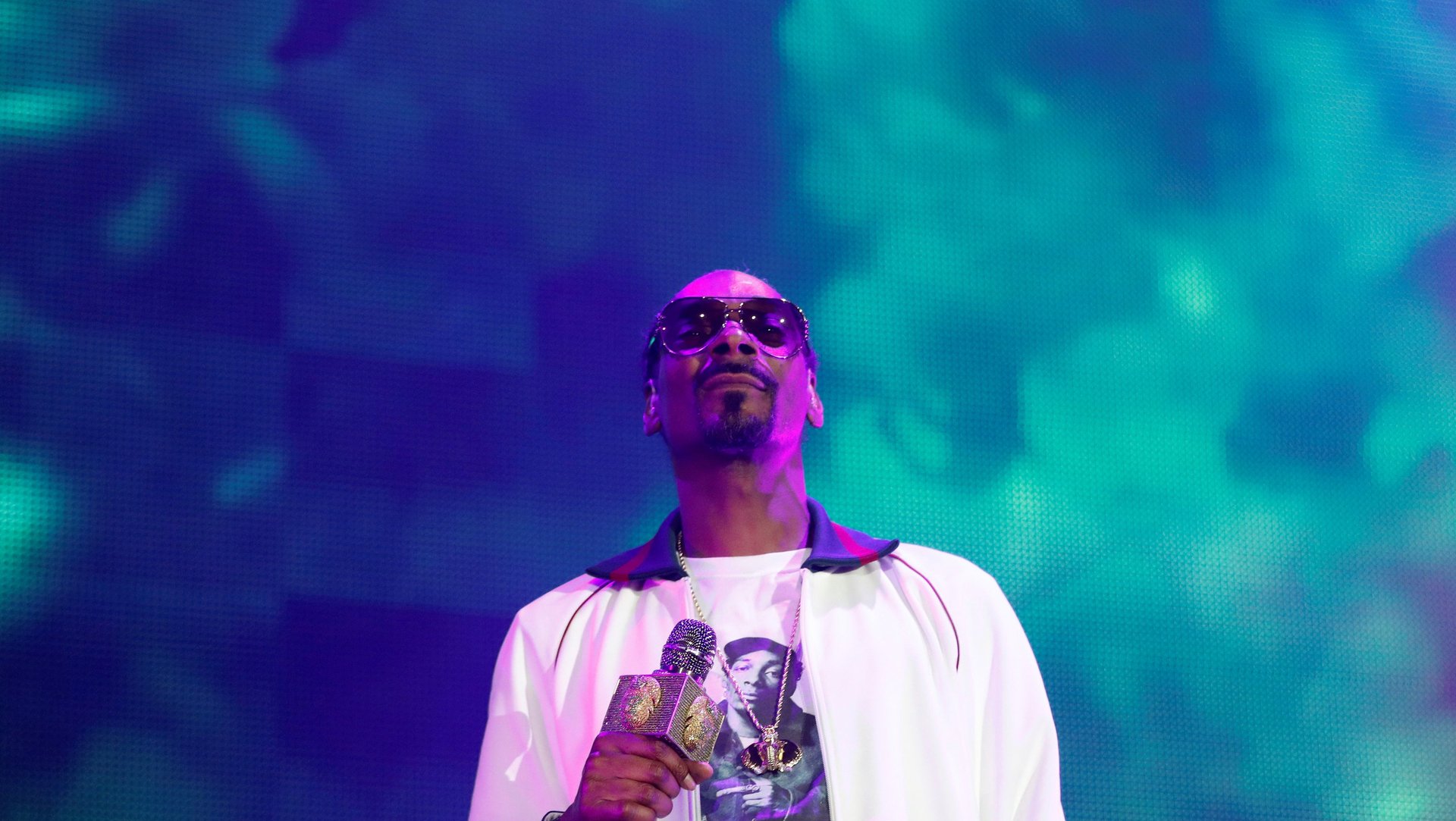Spotify’s leadership is doubling down on an unprofitable strategy
The most anticipated event in the music business kicked off yesterday: Spotify, the 10-year-old Swedish company leading the digital music-streaming market, finally filed its F1 to go public.


The most anticipated event in the music business kicked off yesterday: Spotify, the 10-year-old Swedish company leading the digital music-streaming market, finally filed its F1 to go public.
It is not exactly doing so in peace. Spotify is currently facing a) a $1.6 billion copyright lawsuit, b) a high-profile scam case, and c) ongoing criticism about the sustainability of its business model, which has prevented the service from ever turning a profit while also riling up artists from Thom Yorke and Taylor Swift for benefiting musicians less than subscription-only services do.
Spotify operates a two-tiered “freemium” model. The free tier is supported by advertisements, and the premium tier, with personalized features and no ads, is accessible with a $10-per-month subscription. Other music-streaming companies—Apple Music and Tidal, most vocally—have long frowned upon Spotify’s free tier because of its lower revenue and lower payouts, and because it suggests the idea that listening to music is not worth payment. “Beats Music didn’t have a free tier. Apple Music doesn’t have a free tier. I’m not just talking it; I’m walking it. It’s wrong,” Apple Music executive Jimmy Iovine said last year.
For a while, in the deals Spotify struck with record labels, it seemed like the company was going to dial its free tier down.
But now that it’s going public, Spotify has to stand behind its free music like the company’s life depends on it—because it actually does.
In its prospectus, the following text appears under a prominent section titled “our business model”:
We offer both Premium and Ad-Supported Services. Our Premium and Ad-Supported Services live independently, but thrive together. We believe this business model has allowed us to achieve scale with attractive unit economics and is a critical part of our success.
We continue to invest heavily in developing our two-sided marketplace with new and better product features and functionality for Users and creators and believe our investments are leading to higher User engagement and enjoyment. We provide personalization that drives a unique and tailored experience to each User and the tools for artists to reach the widest fan base.
Such a strong stance implies Spotify’s free tier is here to stay. “There’s going to be a leveling of free and a leveling of paid, and Spotify is going to keep a foot in each camp as they make that transition [to going public],” says Jim Fosina, CEO of subscription marketing firm Fosina Marketing Group, which has worked with companies like Kraft and Disney. ”Freemium is not a new idea—that consumer purchase behavior has been out there for a very long time.”
Interestingly, the Spotify filing comes right off the heels of an IPO filing by Dropbox, another major tech company hell-bent on pushing a freemium model. In 2014, the game developer behind apps like Candy Crush pursued a freemium-based IPO—but the model has not quite taken off in Silicon Valley at large.
All eyes are on Spotify now: If the company’s debut on the stock exchange is successful, it will signal much more than a win for free music alone.